In March 2022, shortly after Russia launched a special military operation in Ukraine, President Biden signed an executive order banning imports of Russian oil, liquefied natural gas, and coal to prevent the country from pouring more money into the conflict.
While the ban, along with EU sanctions, is believed to have sent global energy prices soaring, US refineries have not been hit the hardest as Russia supplies only 3% of US crude imports.
However, observers were quick to point out that one notable export item was left off that list: uranium.
The US has long been heavily dependent on Russian uranium. The country imported about 14% of its uranium and 28% of its enriched uranium from Russia in 2021.
Vulnerable
Despite Ukrainian President Volodymyr Zelensky calling on the United States and the international community to ban imports of Russian uranium following Russian shelling near Ukraine’s Zaporizhzhya power plant, US companies are still paying about $1 billion a year to Rosatom, Russia’s state-owned nuclear agency, and importing an additional $411.5 million in enriched uranium in the first quarter of 2023 alone.
The $1 billion represents a significant portion of Rosatom's foreign revenue, which is about $8 billion a year, according to The Washington Post.
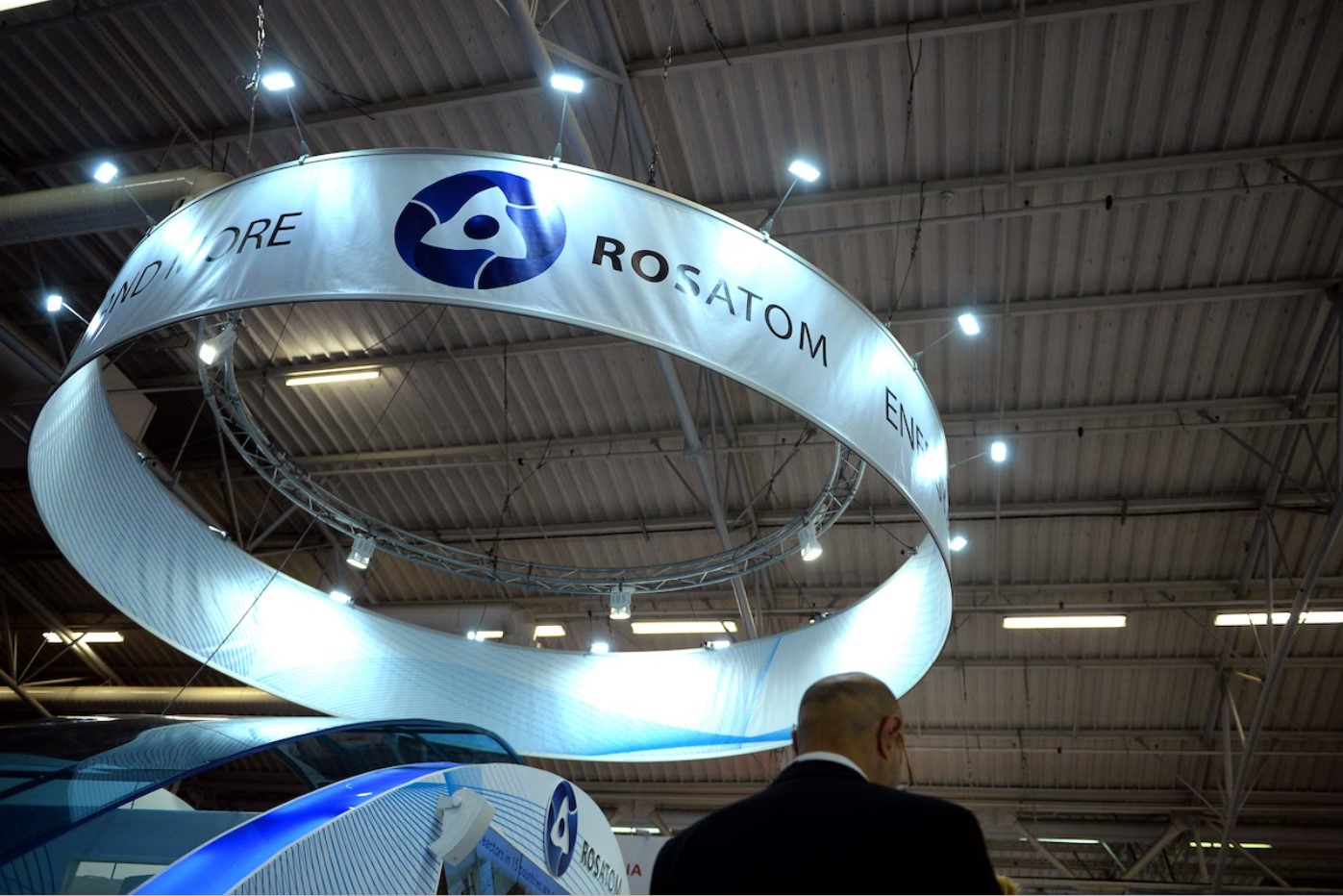
Rosatom, Russia's state-owned nuclear agency, is still selling the US about $1 billion worth of uranium each year. Photo: Washington Post
This is one of the most important remaining flows of money from the US to Russia, and it continues to flow despite efforts by US allies to sever economic ties with Moscow. The enriched uranium payments are made to Rosatom subsidiaries, which are therefore closely linked to the Russian military apparatus.
Eliminating Russia’s uranium would be a tough call for the US, given that Russia is home to one of the world’s largest uranium resources, with an estimated 486,000 tonnes of uranium, or 8% of the global supply. It is also home to the world’s largest uranium enrichment complex – accounting for nearly half of global capacity.
Meanwhile, about a third of the enriched uranium used in the US is currently imported from Russia, the world’s cheapest producer. Most of the rest is imported from Europe. The final, smaller portion is produced by an Anglo-Dutch-German consortium operating in the US. The country also has no plans to develop or acquire enough uranium enrichment capacity to become self-sufficient in the future.
This dependence leaves current and future US nuclear plants vulnerable if Russia stops selling enriched uranium, a strategy that analysts say President Vladimir Putin is likely to use because he often uses energy as a geopolitical tool.
Deep roots
Although the conflict has entered its second year with no end in sight, the US government appears to be in no hurry to launch domestic uranium enrichment.
“It is inexplicable that more than a year after the Russia-Ukraine conflict, the Biden administration appears to have no plan to end this dependence,” said James Krellenstein, director of GHS Climate, a clean energy consultancy that recently released a white paper.
“We can eliminate almost all US dependence on Russian uranium enrichment by completing the centrifuge plant in Ohio,” Mr. Krellenstein said. However, the Ohio plant operator said it could take more than a decade for the plant to produce uranium quantities that are competitive with Rosatom.
America's dependence on foreign-enriched uranium leads to similar disadvantages as its dependence on microchips and critical minerals used to make electric batteries—two essential components of the global energy transition.
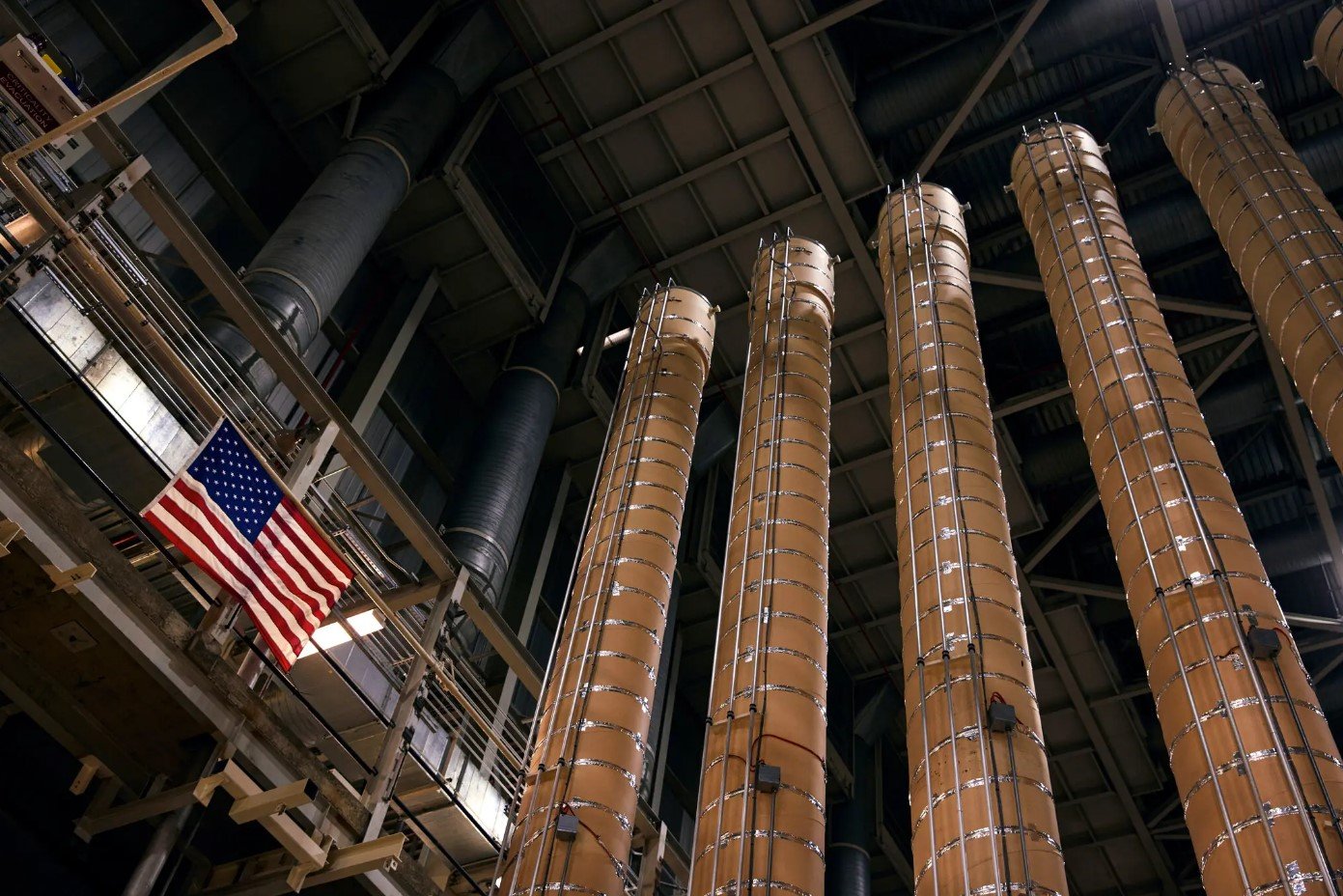
Many US uranium enrichment plants were forced to close after the US bought uranium from Russia. Photo: NY Times
However, in the case of uranium enrichment, the US once had an advantage and chose to abandon it. At the end of the Cold War, the US and Russia had almost equal enrichment capacity, but there was a big difference in production costs, because the Russian centrifuge method proved to be 20 times more energy-efficient than the US gaseous diffusion method.
In 1993, Washington and Moscow signed a deal, dubbed Megatons to Megawatts, in which the US imported much of Russia's weapons-grade uranium, which was then downgraded for use in power plants. This provided the US with cheap fuel and Moscow with cash, and was seen as a move to ease tensions between the two sides.
This cooperation forced the eventual closure of inefficient US uranium enrichment facilities. The agreement ended in 2013, but instead of investing in centrifuges, the US continued to buy enriched uranium from Russia.
If the US continues to not participate in the uranium enrichment process, the gap between Washington and its rivals will widen, as Russia and China are racing to win long-term nuclear contracts with countries with which the US is seeking to step up cooperation .
Nguyen Tuyet (According to Oil Price, NY Times, Washington Post)
Source













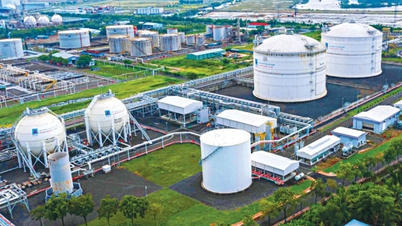

































































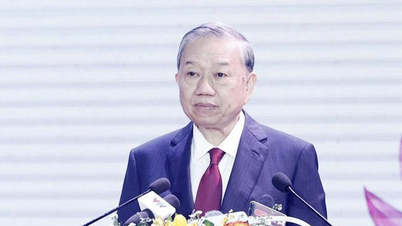





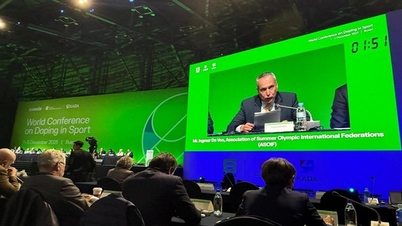






























Comment (0)